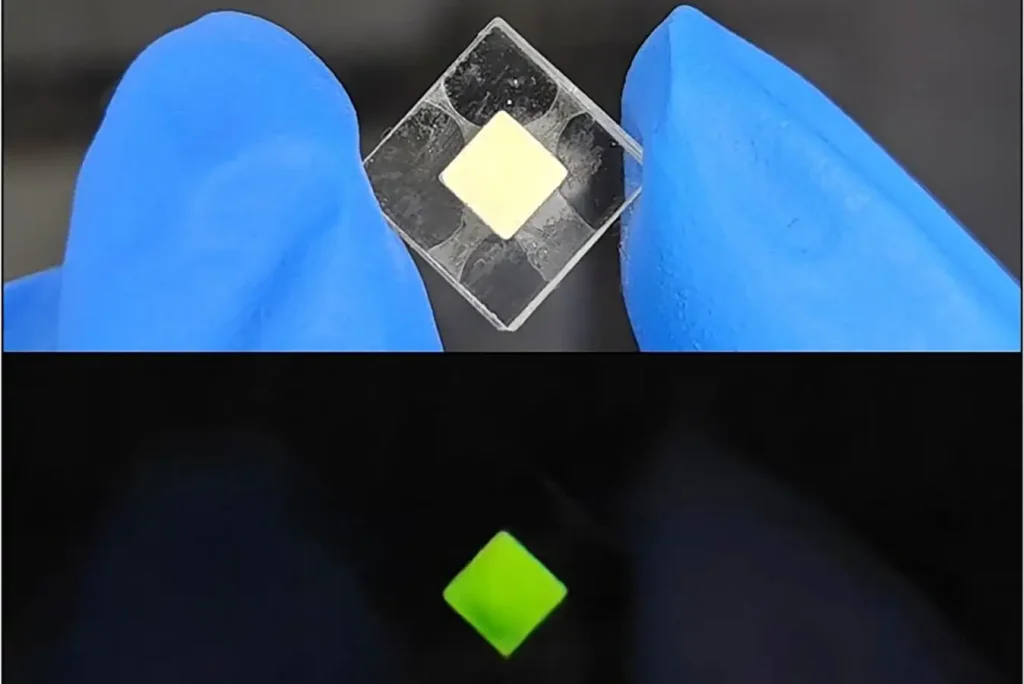A groundbreaking nuclear battery designed by a team of Chinese physicists and engineers has achieved remarkable efficiency, reportedly 8,000 times greater than that of previous designs.
This tiny battery, which harnesses energy from the radioactive decay of americium, could power devices for decades, especially in remote or challenging environments such as space or deep-sea exploration. The research was published in Nature.
For years, scientists have explored the potential of miniature nuclear power sources. These power packs could provide long-lasting energy for devices like phones, robots, or vehicles. However, creating a safe, efficient nuclear power source has proven challenging due to the inherent dangers of nuclear materials and power plants, regardless of size.
The new approach utilizes americium—a radioactive element often regarded as nuclear waste. The research team embedded a small amount of americium inside a polymer crystal, which converts the energy from alpha particles into light. This glowing green crystal was then coupled with a photovoltaic cell to convert the emitted light into electricity. The entire system was housed within a quartz cell to contain radiation leakage.
 Despite the small power output, testing showed that the device could run for decades, as americium has a half-life of 7,380 years. However, the surrounding materials would likely degrade long before that due to radiation exposure. The device’s efficiency stands far above previous nuclear battery systems, although the power output remains modest—it would take about 40 billion of these power packs to light a 60-watt bulb.
Despite the small power output, testing showed that the device could run for decades, as americium has a half-life of 7,380 years. However, the surrounding materials would likely degrade long before that due to radiation exposure. The device’s efficiency stands far above previous nuclear battery systems, although the power output remains modest—it would take about 40 billion of these power packs to light a 60-watt bulb.
Michael Spencer from Morgan State University noted the impressive conversion efficiency and output power compared to earlier designs. The researchers are already working to refine the technology further, aiming to increase power output and improve safety measures for the radioactive materials.
“We envision this micronuclear battery powering miniature sensors in remote or extreme environments, where traditional power sources are impractical, such as space missions, deep-sea exploration, or remote monitoring stations,” said Shuao Wang, the lead researcher from Soochow University.
This advancement brings nuclear-powered batteries closer to practical applications in places where conventional energy sources fall short.


